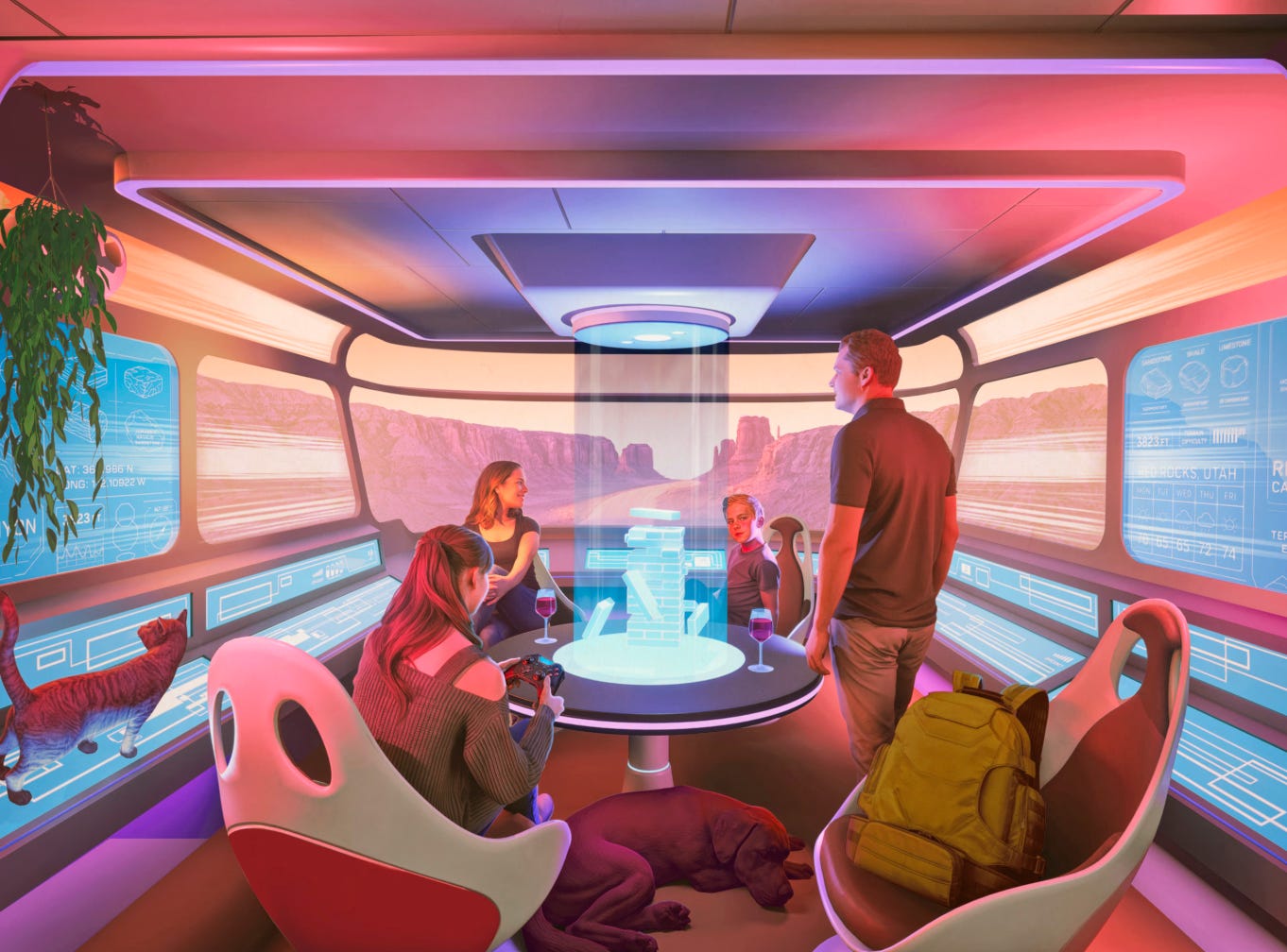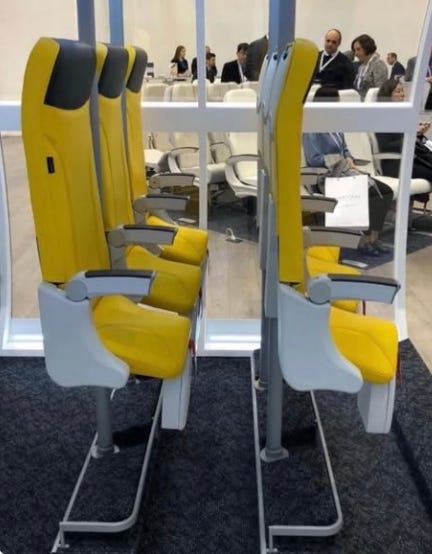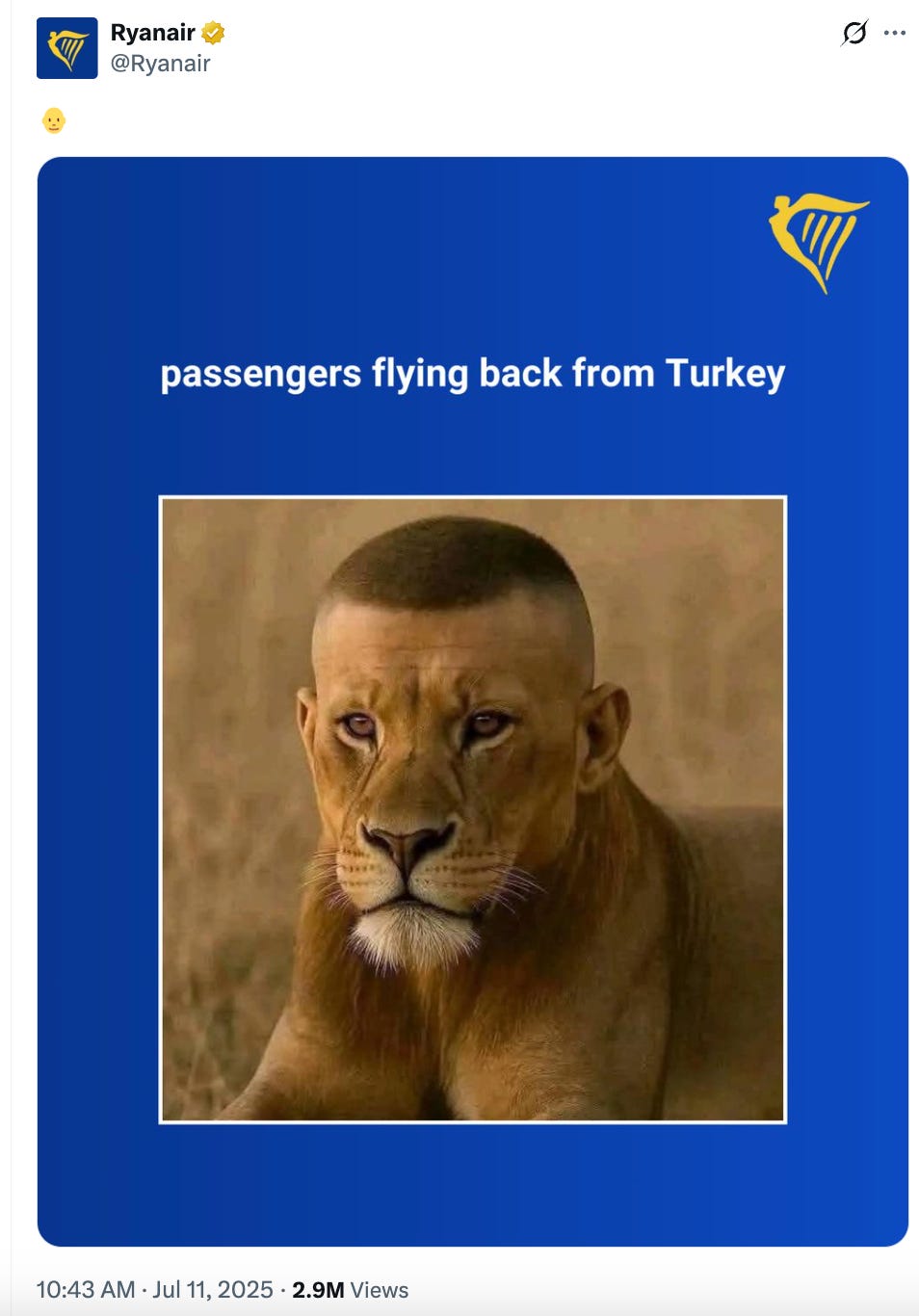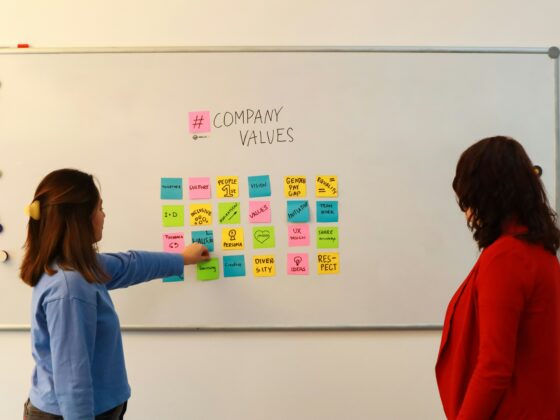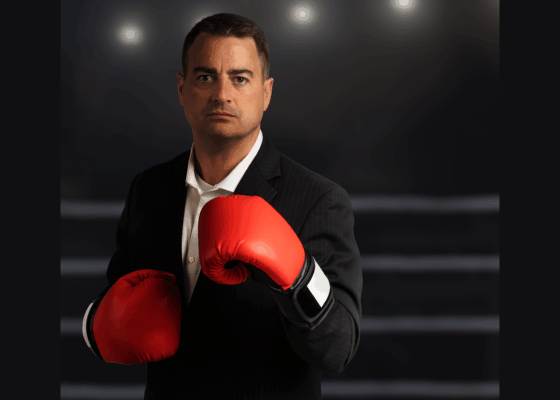In this edition, we’re looking at what shapes decisions: how AI is learning to predict them, how design can influence them, and how teams are moving faster to keep up. From neuromarketing tactics to the mechanics of momentum and the rise of AI Mode, it’s all part of the same shift: understanding how people choose, and building better around that.
Special thanks to Dune7 for sponsoring this edition of the newsletter:
Google still accounts for nearly 90% of all searches. But AI is rapidly changing the game. Stay ahead of the search marketing curve with Surround Sound Search — Dune7’s proprietary approach to increasing travel brand visibility. Stop chasing rankings. Start owning the journey. Schedule a free consultation with our travel marketing experts.
0. Most clicked in the previous newsletter
The most clicked link in the last issue was Andrew Wilkinson’s T-minus 918 days post.
1. AI just cracked the human decision code
Researchers just published a study in Nature on an AI called “Centaur” that can predict human choices across virtually any psychological experiment, outperforming decades of behavioral science in the process. They trained this AI on 10 million human choices from 160 different psychology experiments. Then they tested it against the best psychological theories we have, and the AI won in 31 out of 32 tests. Centaur not only forecasts what people will do next, but its internal logic even starts to mirror how our brains work.
For travel, this means (among other implications) being able to anticipate not just where travelers want to go, but why, and designing experiences, offers, and messaging that resonate on a deeply personal level. Read → Nature
2. If AI can predict decisions, you can influence them with these 9 neuromarketing principles
If Centaur shows us that human decisions are more predictable than we thought, these neuromarketing concepts offer a practical toolkit for acting on that insight. How you frame an offer, create the illusion of affordability, use “free,” or structure choices can dramatically shape what people do. These 9 principles show up constantly in booking flows, pricing pages, itinerary builders, and upsells. Most travelers don’t respond to logic. They respond to how something feels. These concepts help shape that feeling, making your product easier to buy, and harder to resist. Especially useful if you’re refining onboarding, pricing tiers, or product copy. → Visual with Tom Pestridge’s 9 neuromarketing principles
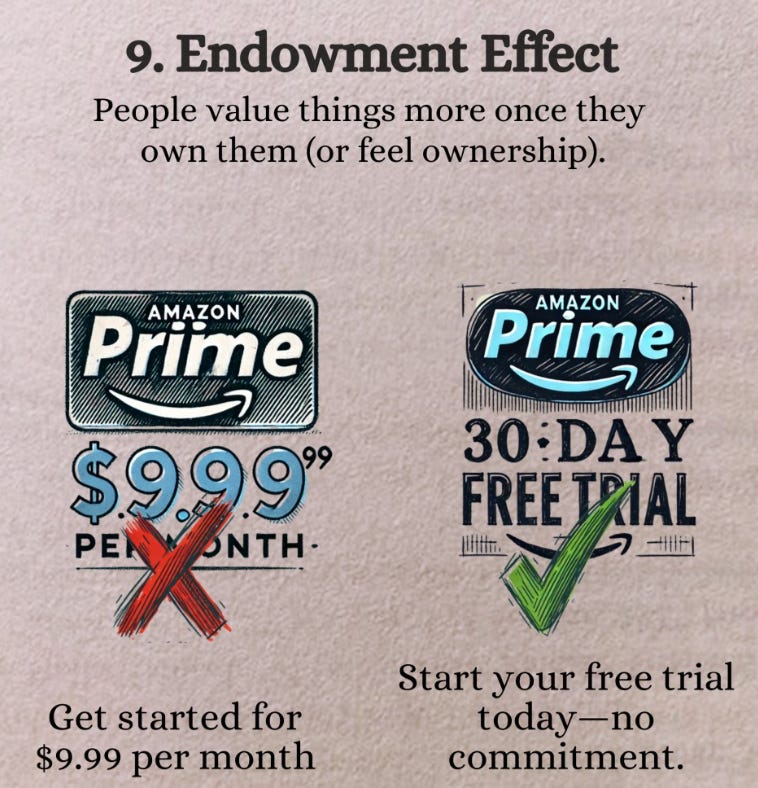
3. Momentum beats moats in consumer AI
Bryan Kim (partner at a16z) makes a strong case that, in today’s AI startup environment, velocity is the new measure of defensibility. The companies pulling away, like Lovable, Replit, and ElevenLabs, aren’t winning on tech alone. They’re using tactics such as livestreamed hackathons, social stunts, “AI starter packs,” partnerships, building in public, and engaging credible creator evangelists to achieve outsized distribution. For travel founders navigating similar noise, this is worth the read → In Consumer AI, Momentum Is the Moat.
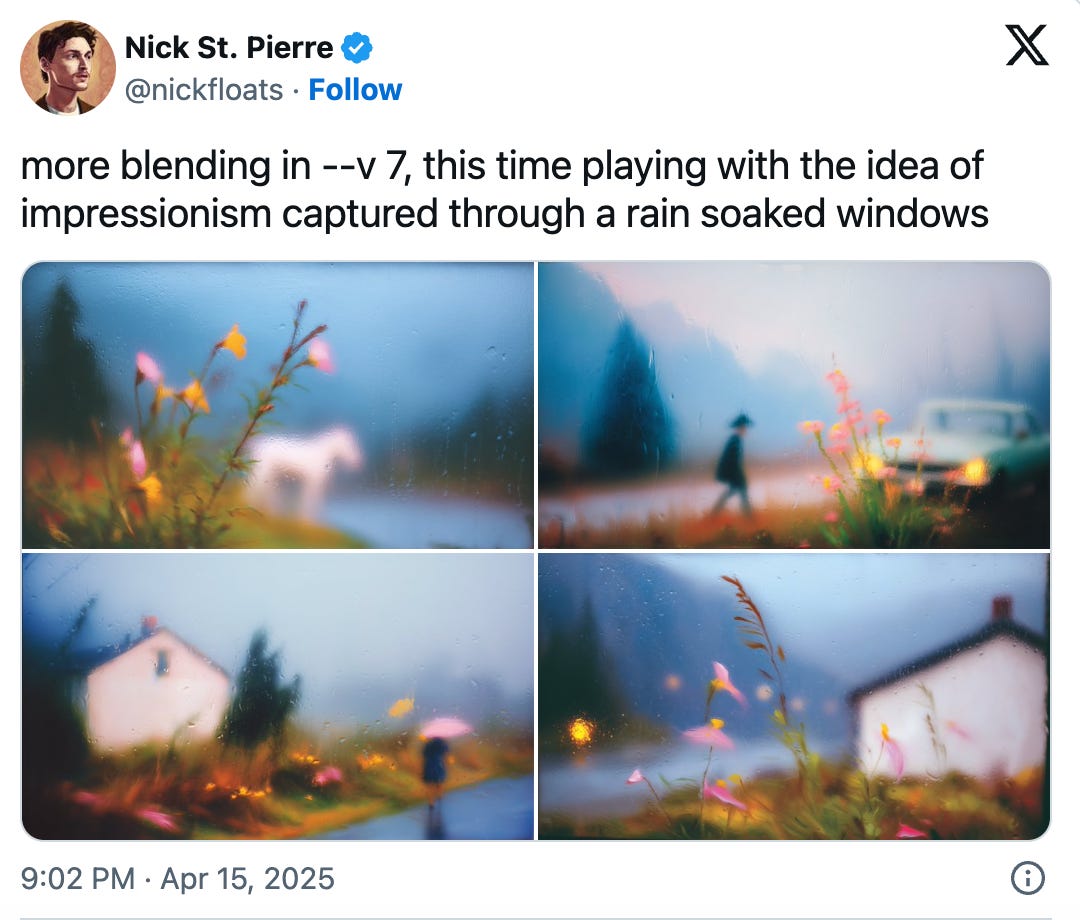
4. What’s happening to middle management?
James Stanier lays out how the role of engineering managers is being redefined…and not gently. If you’re leading a team, or planning to, this is a sharp, practical read. Managers are now being asked to justify their existence. One line sums it up: “Headcount is a liability until proven otherwise.” That’s the current mindset inside many companies. Hiring someone isn’t seen as progress unless you can clearly show how that person (and yourself) will increase output. There’s less budget, fewer layers, and more pressure to ship.
This new environment favors managers who stay close to the work: writing code, building prototypes, launching MVPs, and using AI tools to move faster. It’s more about proving progress fast than about long roadmaps or polished decks. Stanier argues that managers today need to think more like operators than facilitators. For anyone building a team, whether in product, ops, or engineering, this is a helpful snapshot of what the new normal looks like. Read → New Advice for Aspiring Managers.
5. Marc Andreessen’s cheat sheet for navigating 2025
Marc Andreessen shared this no-frills career advice recently, and while it’s aimed at individuals, much of it applies directly to founders and team builders as well. It’s a useful snapshot of how people are thinking about risk, roles, and where to position themselves in a fast-moving landscape. A few highlights:
-
Series C to E companies are the current sweet spot: enough traction, still lots of upside.
-
Don’t get stuck in meetings. Build credibility through output, show what you can build.
-
Develop taste and judgment; it’s unteachable but highly valued
-
When it comes to networking, depth beats reach. Help a few people solve real problems.
-
Modern tech companies own full stacks now. “Just software” is no longer enough
It’s also a recognition of how much AI is reshaping career paths, org charts, and value capture, with fewer winners pulling further ahead.
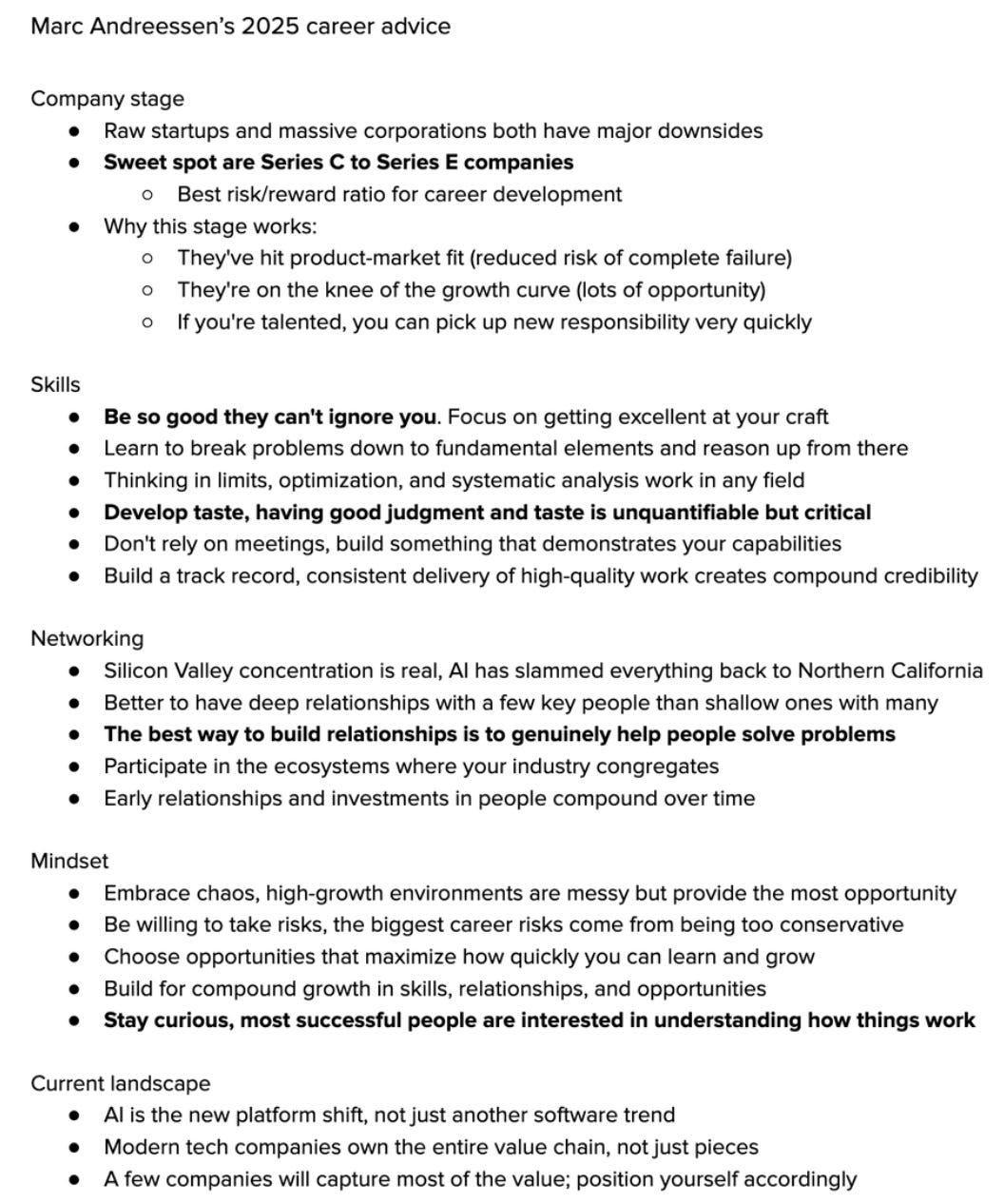
6. AI Mode clicks less often but engages just as much
Similarweb partnered with iPullRank to dive into Google’s new AI Mode, tracking over 100K AI Mode users from May 20 to June 19. They discovered a big disparity in click-through rate. Only 4.5% of sessions in AI Mode lead to an external click, compared to 24% in traditional search. That’s a steep drop in potential traffic. This is partly because AI Mode answers feel more “complete”, but also because the UI buries links, and early adopters seem more in a play around and explore mode than transact.
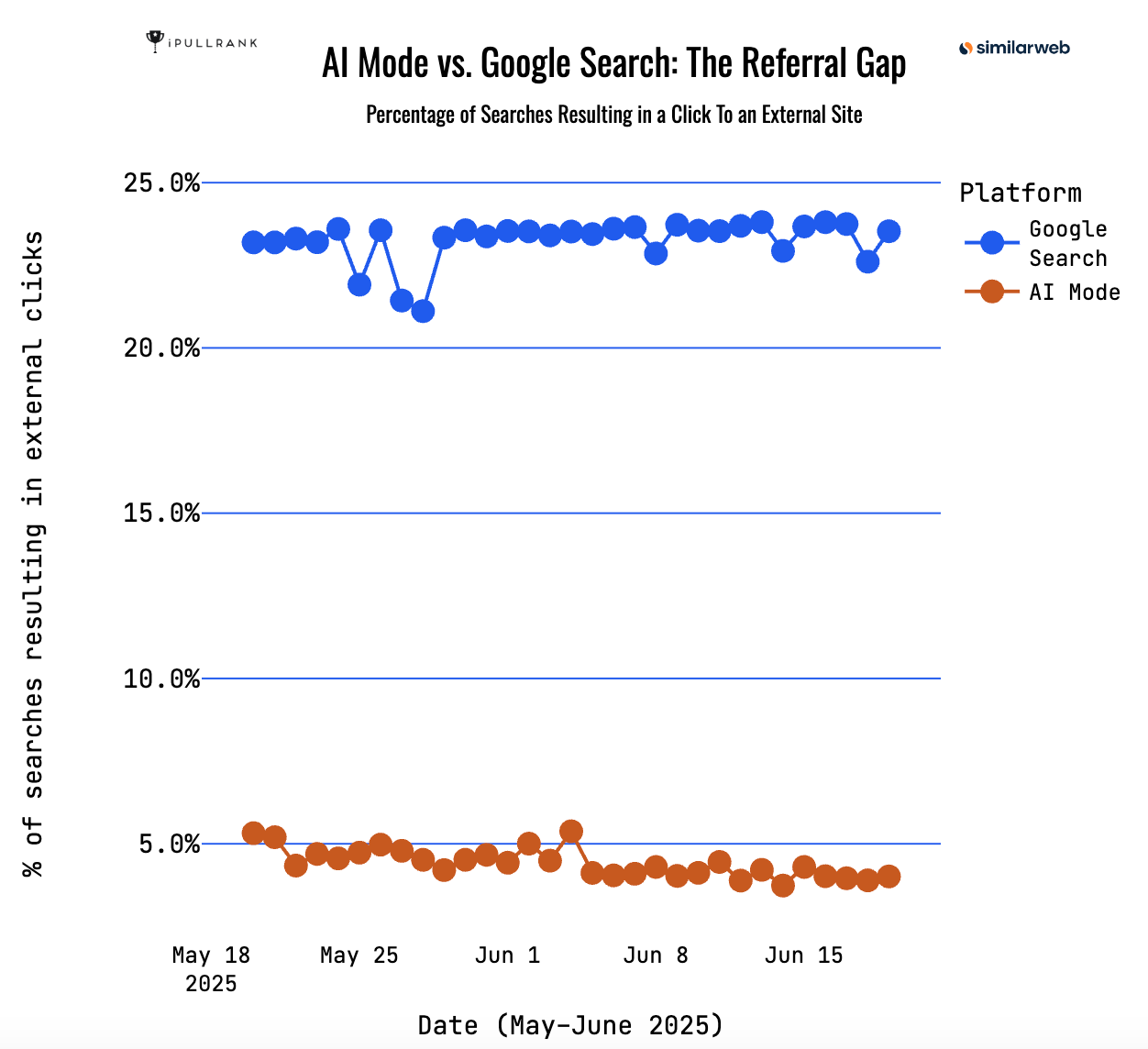
Once users click through, the average number of referral pageviews per session is nearly identical between modes: 6.0 for Search, 5.9 for AI Mode, but engagement in AI Mode is far more volatile. Engagement jumps between 4 and 7 pageviews per session, with no clear pattern. That suggests user behavior is still forming and could shift dramatically once AI Mode becomes the default.
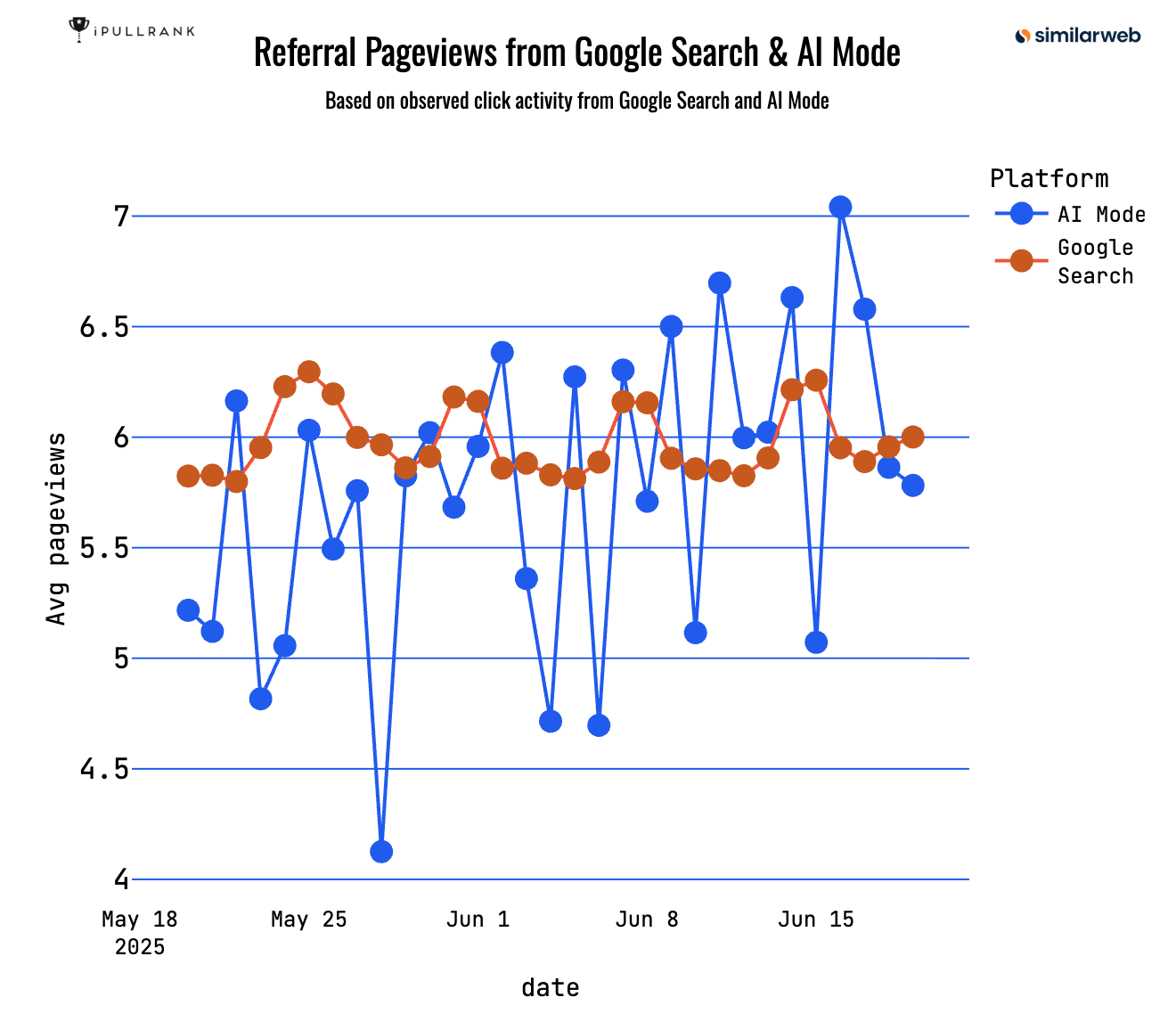
So, for now, fewer people are clicking out of AI Mode but the ones who do are sticking around. If you’re building for organic discovery, that means AI Mode traffic may be lower in volume but not necessarily lower in value. It’s early, but worth tracking. Read → Referral Patterns in Google AI Mode.
7. Instagram expands its reach with Google
Google officially began indexing public Instagram content from professional (business and creator) accounts on July 10, and this could mark a new era for travel marketing. SEO might be losing steam with AI search and zero-click results, but Google’s Instagram integration suggests a hybrid future where social media amplifies discoverability. Travel is all about visual inspiration, with 40% of Gen Z travelers prioritizing “Instagrammable” destinations. This demands a new skill: optimizing Instagram content with keyword-rich captions to compete in Google’s algorithm. SEO is evolving into a social-visual hybrid.
@Hotel, founded by Konrad Waliszewski, is uniquely positioned for this shift. With over 85 million followers across 100+ Instagram and TikTok accounts, it commands the largest travel audience on social media. Now, as Google indexes Instagram, @Hotel’s visually rich destination guides and hotel deals won’t just inspire in-app—they’ll also surface in search results, transforming social content into a powerful SEO asset and seamlessly connecting social engagement with search-driven bookings.
8. Experiential travel, by design
The era of the self-driving car is set to transform the classic American road trip completely. This article explores how automakers like Cadillac and BMW are rethinking vehicle interiors, featuring cars without steering wheels or dashboards, lie-flat seats, wraparound screens, and AI-powered navigation that can book hotels, recommend scenic stops, and narrate the passing landscape. In the near future, our cars could be a rolling movie theater, wellness lounge, or mobile workspace, complete with biometric sensors, ambient scent control, and an AI copilot that plans our route around EV range, dietary needs, and mood. We’ve all said that travel is becoming more experiential, and this is literally it.
At the heart of this revolution is Google. Its automotive division is pioneering AI-driven navigation systems that plan ideal routes, book hotels, surface local recommendations, and narrate landmarks in real time. Patrick Brady, Google’s VP for automotive, envisions our phones as the hub that ties it all together.
We’ve spent years discussing Google’s increasingly relevant role in travel discovery and booking. Now it’s bringing its influence into the physical journey itself, building the infrastructure for the in-car travel experience, from inspiration to arrival.
This is also what “experiential travel” looks like…when the journey itself becomes the platform, not just the time between destinations.
9. No, you won’t be “standing” on planes anytime soon
Let’s take a sharp turn from experiential travel. That viral image of upright yellow airplane seats is making the rounds again, usually with captions like “Ryanair’s new seats” or “Standing room only.” But these are prototypes; not approved, not installed, and nowhere near ready for real flights.
The concept, known as the SkyRider, has been around for over a decade. It’s a semi-standing seat that reduces pitch to approximately 23 inches, aiming to accommodate 20% more passengers on short-haul flights. In theory, it’s great for ultra-low-cost carriers. In practice, there’s been no airline commitment, no regulatory green light, and no confirmed timeline for rollout. At least as far as I know.
10. Medical tourism, memefied
Ryanair understands the internet better than most travel brands. Its X account keeps punching above its weight with fast, risky humor, near-zero budget, and a deep feel for what gets shared.
Give that summer intern a raise!
Travel Tech Essentialist Job Board
→ Explore all 1,375 open roles on the Travel Tech Essentialist Job Board now.
-
Expedia | Director, Product Management | Austin, Texas | $224,000 – $313,500
-
BizAway | Data Analyst | Milan, Italy
-
TravelPerk | Director of Marketing – US | Boston; Chicago | $166,000 – $195,000 + Equity
-
Despegar | Sr Culture Manager | Buenos Aires, Argentina
📩 For monthly updates on the latest roles, subscribe to the Travel Tech Jobs newsletter
Raising a round?
If you are a startup looking to raise a round (from pre-seed to Series D), I can help (for free). Travel Investor Network is a private platform where I recommend innovative travel startups to investors and innovators. If you’re interested, please start by completing this form.
If you like Travel Tech Essentialist, please consider sharing it with your friends or colleagues. If you’re not yet subscribed, join us here:
And, as always, thanks for trusting me with your inbox.
Mauricio Prieto



